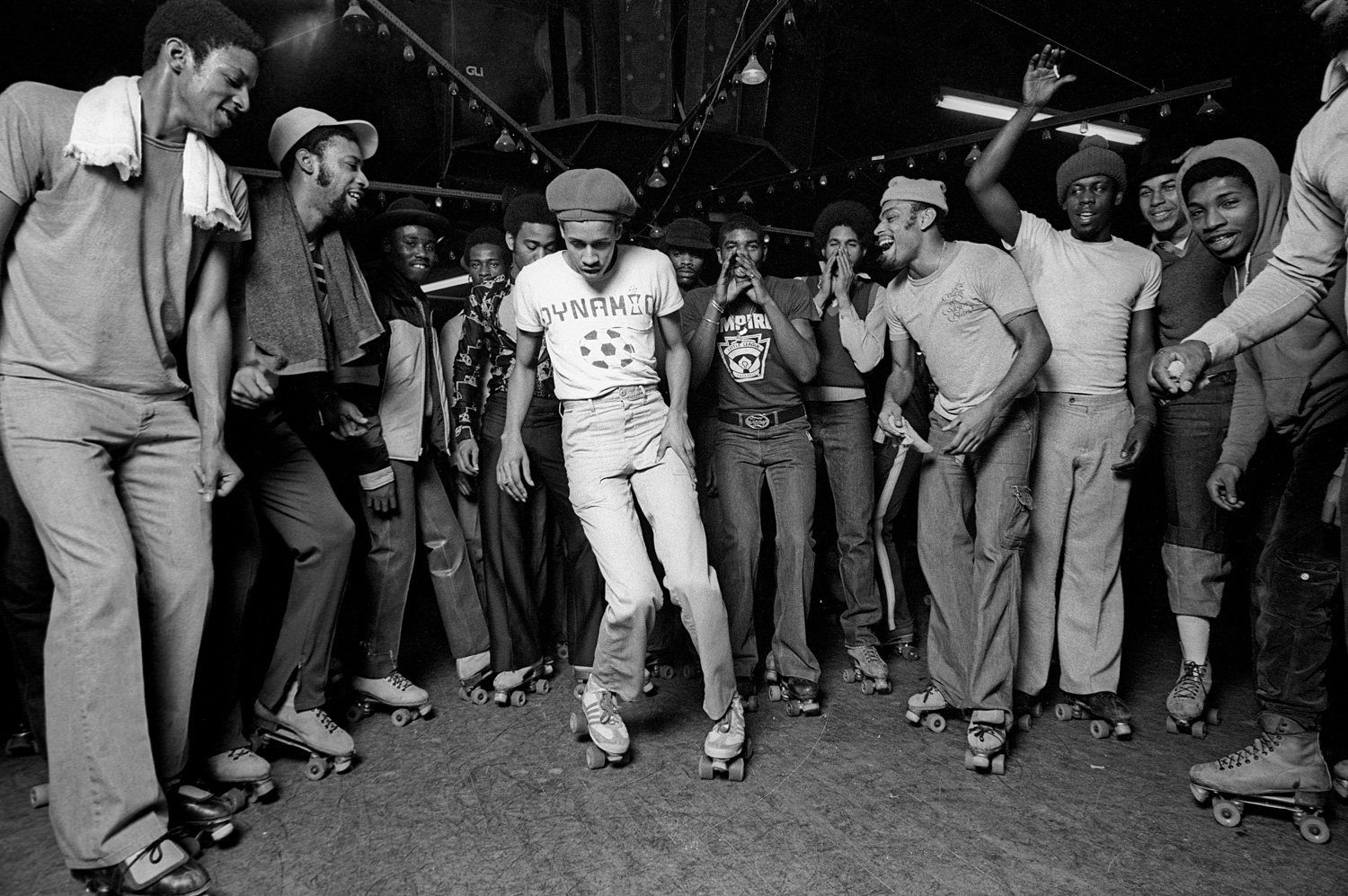Disco vs Rock
Disco enthusiasts did not care that much about rock music because it provoked indifference more than anything else. In the late 1970s, critics condemned disco for being repetitive, commercial, mechanical and trivial-epithets that could be applied to rock and roll. Rock fans cared passionately about disco (in the negative sense) because they perceived disco as the anthem of homosexuals and urban blacks, and believed disco to be contemptible and evil.
The disco vs rock war reached its climax during the disco demolition of 1979 at the White Sox double header at Comiskey Park, where rock and roll fans burned almost 20,000 disco albums to show that disco was disgusting and ridiculous. However, disco and rock are far more similar than dissimilar; most disco stresses the downbeat in a louder, more unvariegated manner. Both draw from the same black musical roots, and both range far and wide in their musical influences (Barlow).
The real reasons for rock fans’ hatred of disco was more racial and social. Disco was initially obscure and had obscure labels, but soon rose to popularity. Disco came from outsider labels like T. K. and outsider cultures like gay, black and Latin. These minority disco artists and groups included Chic, Donna Summer, Gloria Gaynor, and Kool & the Gang. The LGBT community was represented in disco by groups such as The Village People and It is important to note the significant number of women artists present in the disco genre. They represented disturbing big-city customs to a country that traditionally had only recently accepted rock-and-roll. Disco became popular through channels beyond the usual rock club, radio station circuit, urban discotheques, disk jockeys, and fan magazines (Rockwell). The Disco Demolition can be seen as the revenge of the white majority against threatening armies at the portals.
Besides homosexuals, another reason for prejudice against disco was simply misogyny. Rock-and-roll was tougher, composed in more aggressive forms, and has always been a male preserve. Disco allowed entry to the pop charts for women who might otherwise have been frozen out.

A typical roller disco in Brooklyn during the 1970s. Note how the crowd is predominantly African American. (huckmag.com)
